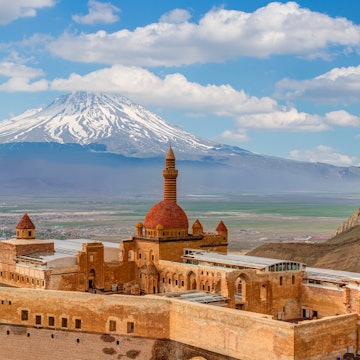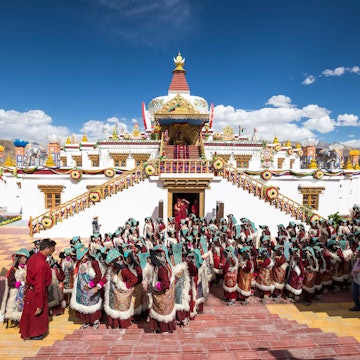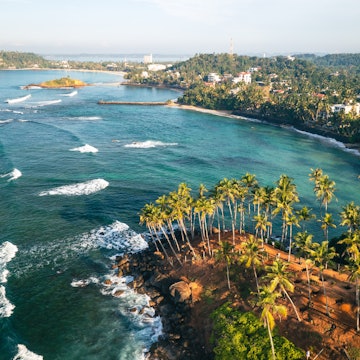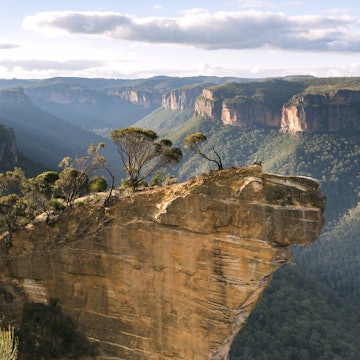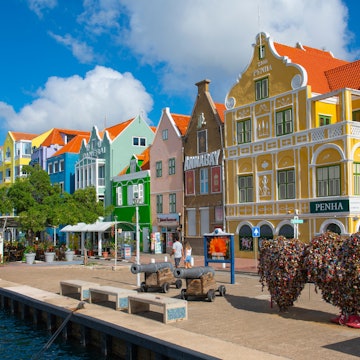
A guide to Centro Histórico, the beating heart of Mexico City

Jan 15, 2025 • 7 min read

Plan your time in CDMX's Centro Histórico with this guide to hotels, restaurants and sights. Esdelval/Getty Images
Centro Histórico is the beating heart of Mexico City and the oldest neighborhood in CDMX. Considered the largest downtown in Latin America – at around 9.7 sq km (3.7 sq miles) – the history and architectural heritage of Centro Histórico dates back to 1325, with the foundation of the Mexica capital city, Tenochtitlán.
The Mexicas – the rulers of the Aztec Empire – built Tenochtitlán on an islet in an area formed by many lakes in the Valley of Mexico. For more than seven hundred years, it has been the social, cultural, political and economic epicenter of Mexico City and the Mexican nation. Walking in Centro Histórico gives people a chance to discover the many layers of history within this city. From the ruins of the Templo Mayor, which the Mexica believed to be the center of the universe, to Colonial buildings like Palacio Nacional and the Catedral Metropolitana.
Historically, Centro Histórico has been a working-class area. However, there are certain pockets with renovated apartments, a change that has brought a younger middle-class crowd into Mexico City's most complex, vibrant, energetic and one-of-a-kind neighborhood.
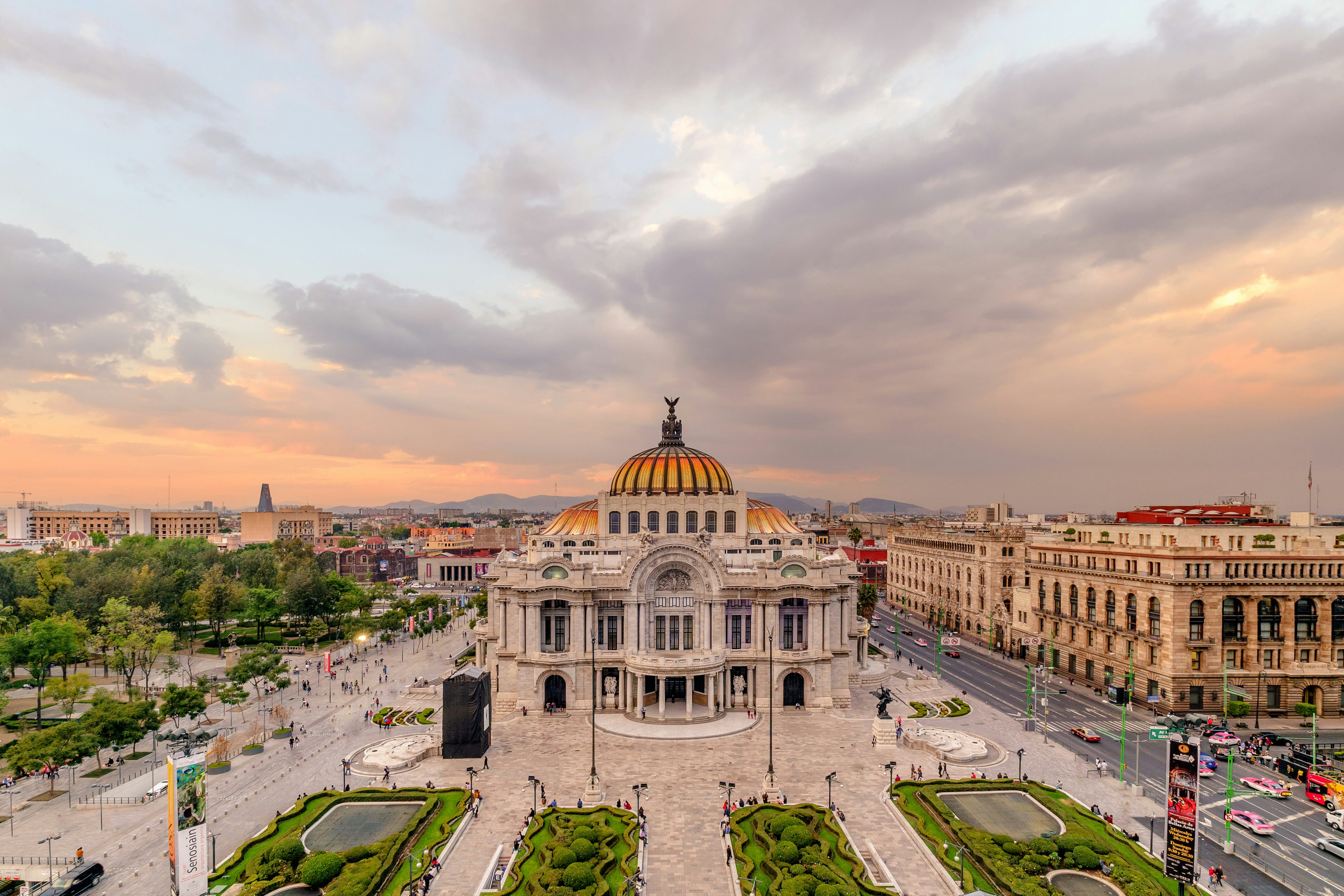
Getting there and around
Centro Histórico receives millions of people who work, shop, commute, visit and traverse the area daily. Pedestrian and vehicle traffic is heavy and diverse since all forms of public transportation flow through here.
While the subway is a good way to get into Centro Histórico, avoid rush hour. Zócalo, Allende and Bellas Artes stations are the best ones for the main attractions.
Zócalo is Mexico City's main square, and it often hosts free and open-to-the-public cultural, sports and musical events, as well as political rallies and demonstrations. When visiting Centro Histórico, plan and consider traffic times and possible road closures. Distance-wise, it is close to neighborhoods like Roma and Juárez, however, traffic increases travel times significantly.
Where to stay
Bear in mind that staying in Centro Histórico comes with challenges, like Ubers taking a bit longer to arrive and the need to be constantly commuting to other sought-after areas. The vibe here can also be hectic, especially during the weekends. However challenging, it is a stunning place to stay with a unique energy and appeal.

Save
For those who love to save with points and reward programs, the Hilton Mexico City Reforma is near the edge of Centro Histórico and the adjacent neighborhood, Juárez. The hotel includes amenities like a spa and indoor pool, and some rooms offer a stunning view of Alameda, one of Mexico City's most iconic parks. Ditch the continental breakfast at the hotel and head to Paradero Conocido, a small Mexican breakfast and lunch place with amazing chilaquiles (fried tortillas with green or red salsa, eggs and/or chicken), and get your coffee and pastries at Curva.
Spend
Stay in a restored art deco building from 1924, formerly known as Edificio España. Hotel Umbral offers a boutique experience tailored to seasoned travelers looking for a place with character in a picturesque area. Rooms are elegantly designed rooms and there's an outdoor pool for an afternoon soaking in Mexico City's sunsets. Later in the day, visit Nardo Cocktail Club, the basement bar on the property, for a round or two of the bar's signature cocktail and small bites.
Spend more
Circulo Mexicano is a boutique hotel located behind the Catedral Metropolitana. Originally a 19th-century residential apartment building, this restored property reimagines the space by mixing minimalistic decor with grandeur. The rooftop has a unique view of Zócalo and offers a Mexican-inspired menu by chef Eneid Vélez.
Where to get coffee
Unfortunately, coffee shops in the Centro Histórico are mainly big chains or old-school cafeterias with over-roasted beans. Feral Café, however, is an oasis serving quality coffee among the chain stores.
Where to eat
Centro Histórico's dining scene has taken over stunning architectural spaces, while also offering mostly Mexican-centric menus. Start the morning by having a casual breakfast at El Cardenal, one of Mexico City's must-do restaurants in the area. Since 1969, El Cardenal has enamored locals with a farm-to-table pantry to create classic dishes like the escamoles (ant larvae) served with fresh comal tortillas. There are three different locations of El Cardenal in Centro Histórico – visit the restaurant on Palma Street.
Balcón del Zócalo will be your lunch spot for the day. Located on a rooftop, the restaurant serves elevated contemporary cuisine with the option of a seasonal nine-course tasting menu showcasing Mexican techniques, flavors and ingredients. Chef José Antonio Salinas is a great host, and if guests decide on a less fancy experience, he has created "the Chef's Selection," where dinners get to pick from some of the restaurant's bestsellers. Pin a reservation here for a late lunch or early dinner to indulge in the restaurant's unique view of the Catedral Metropolitana and Zócalo.
After a hearty breakfast and a tasting menu, finish on a sweet note by having freshly made churros at El Moro. Established in 1935, the Centro Histórico location is the original churro favorite for Mexico City locals. Churro ice-cream sandwich for dinner? Yes! Go wild and pair it with a Mexican hot chocolate.
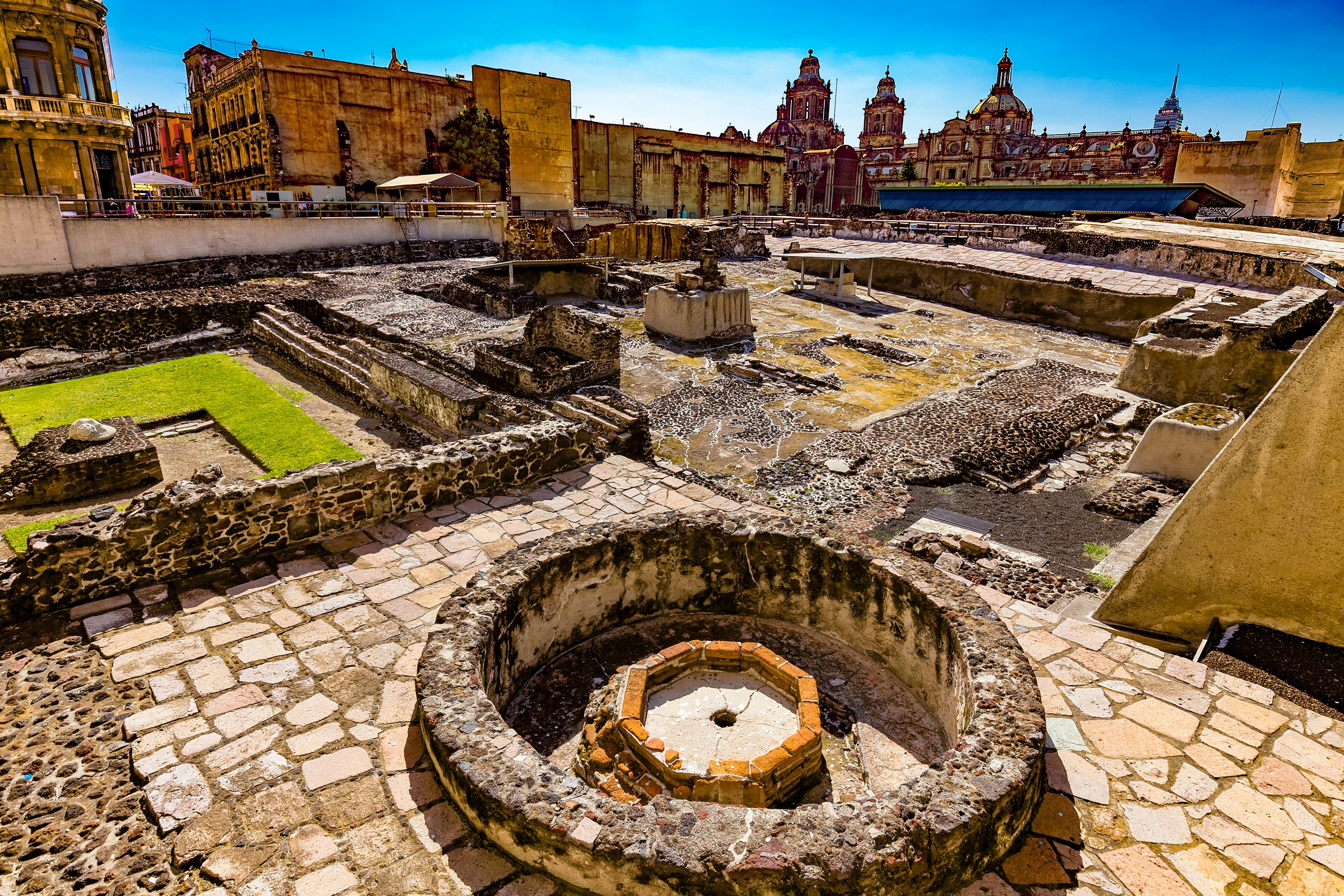
What to do
Centro Histórico is the most touristy area in Mexico City because of its stellar offer of museums, historic sites and buildings. In the 1930s, Mexican muralist Diego Rivera collaborated closely with the Mexican government to decorate some of the major public buildings in the area. There are three iconic murals that you can visit here: Man, Controller of the Universe (1934) decorates the west wing of the third floor of Palacio de Bellas Artes; the History of Mexico (1929–1935) uses the walls surrounding the main staircase of Palacio Nacional to recount the history of Mexico, from ancient Tenochtitlán to the post-Revolution period. Since this mural is on a government building, visits are scheduled and ID is required. Finally, the Public Education building, known as SEP, shows a collection of vignettes from the daily life and culture of 1930s Mexico.
The Catedral Metropolitana and the Museo del Templo Mayor are right next to each other and offer a window into Mexico's unique religious syncretism and melting pot throughout its 700-year history. What makes this intersection so unique is the dancers dressed in Aztec-like fashion that offer aura cleansing and offerings to the old gods. The energy is quite eclectic and particular here since, historically, the Mexicas believed the axis underneath Templo Mayor was the epicenter of the universe.
Lastly, if you want to attend a ballet, orchestra or folkloric dance performance, head to Palacio de Bellas Artes, Mexico City's most important auditorium, decorated with a stunning grand stain-glass curtain showcasing the Valley of Mexico and its two major volcanoes: the Popocatepetl and Iztaccíhuatl. This one-of-a-kind curtain was commissioned by Italian architect Adamo Boari to New York City's jewelry house Tiffany & Co. Check out the shows on rotation over the weekend and get tickets in advance.

Where to shop
La Ciudadela is Mexico City's largest crafts market, where you can find various regional items such as textiles (cotton blankets, embroidered tablecloths, dresses and loom work), clay, decorated glass dishes, wooden toys, baskets and more. The market opens every day and offers affordable souvenirs. Haggling over prices is not acceptable here.
For those looking for ethically sourced crafts and authentic work from craftspeople, head to Tienda MAP, located on the premises of the Museo de Arte Popular. The shop's curation has a dedicated and professional eye, with a strong input on fostering responsible trade and cooperation with Mexican communities known for their regional crafts. This shop will be the best shot at finding unique pieces for home decor and personal style.
My favorite thing to do in Centro Histórico
My favorite thing to do is visit Pasteleria Ideal for my weekly dose of Mexican pastries. For almost 100 years, this bakery has served Centro Histórico and is iconic in the city, producing more than 300 varieties of pastries. I love filling my tray with pastries and seeing how the staff skillfully packs the pieces of bread in Ideal's unique boxes and wrapping paper. Once you learn to recognize Ideal's boxes, you see them all over the city.
How to stay safe
Centro Histórico can feel overwhelming because of the number of people walking in the streets daily, the noise, and the hectic nature of the area. Applying street-smart etiquette is the way to go here: keep your personal belongings close to you – do not put your mobile phone or wallet in your back pocket – and keep your purse or fanny pack zipped.
What to pack
Comfortable shoes will be essential for a day in Centro Histórico since you will walk most of the day. A hat or cap can be useful to avoid sunburn, and bring a light rain jacket. Summer is Mexico City's rainy season, and it usually hits in the early evening and nighttime.









